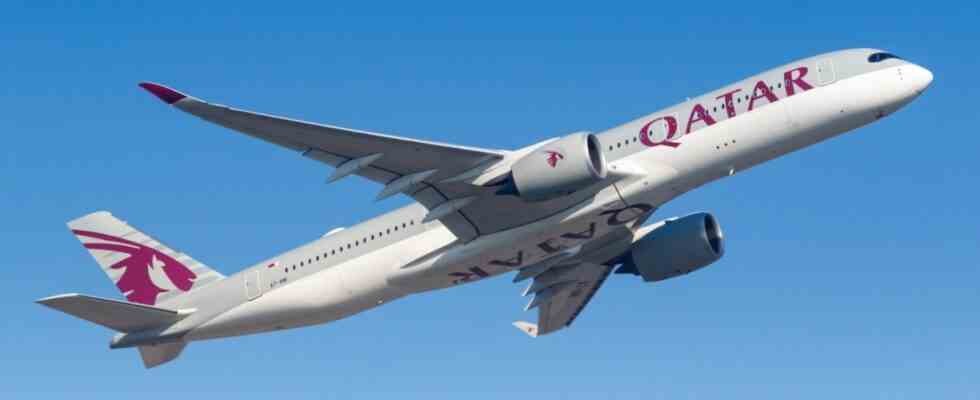It was arguably one of the most brutal public conflicts ever fought in the airline industry. For example, Qatar Airways distributed images of Airbus machines showing damaged fuselage and wing surfaces. Airline boss Akbar al-Baker even described the shortcomings as a safety risk and sued Airbus for compensation of around two billion US dollars. In return, Airbus canceled Qatar Airways orders for more than 70 aircraft and accused al-Baker of conducting a smear campaign. The rest of the industry marveled and wondered how the two sides would ever work together again.
With this absurd story, it is probably only logical that Qatar Airways and Airbus announce exactly this at the moment when nobody was expecting an amicable agreement. The mutual complaints are withdrawn, the planes are repaired, the orders are reactivated. In the future, the two want to work together “as partners”. The two parties, who have agreed not to disclose the details of the agreement, officially remain secret why everything should suddenly be fine again after more than a year of wild quarrels. But there are indications.
The dispute had started after Qatar Airways one of the A350-Wanted to provide long-distance machines with a special livery for the soccer World Cup. At the end of 2020, damage to the paintwork was noticed, some of which was so serious that several layers of paint and the metallic lightning protection grid underneath were affected. According to Airbus, repairs were offered, but Qatar Airways rejected them as insufficient. Gradually, the airline ordered 29 out of 53 by order of the Qatar Civil Aviation Authority (QCAA). A350machines and sued Airbus.
The aircraft manufacturer acknowledged the shortcomings, but sharply rejected the impression that this created a possible safety risk. The European Union Aviation Safety Agency (EASA), i.e. the supervisory authority responsible for Airbus, agreed with this attitude – from their point of view, Qatar Airways could have continued flying the machines without hesitation. Others too A350-Operators such as Lufthansa or Cathay Pacific have observed similar damage in recent years, but not as serious as Qatar Airways, and have continued to use the machines. At the competing Boeing 787 color problems also occurred.
the A350 and the 787 are the first two large civil aircraft whose fuselage is made of fiber composite materials and no longer made of metal. That saves a lot of weight, but Airbus and Boeing are now realizing that painting processes need to change because the materials behave differently, especially with the large temperature differences aircraft experience. At Qatar Airways, these are particularly extreme: when cruising, the machines are at around minus 50 degrees, in Doha they stand for hours on the airport apron at up to 50 degrees in the summer. Airbus has now developed new processes, as has Boeing.
Without an agreement, a trial before a London court would have threatened in the summer. This was obviously not in the interests of the parties to the dispute. For Airbus, the previous procedure was already damaging to its reputation. In addition, the group threatened to permanently lose one of its most important customers in recent years. There was probably also political pressure, because France, like Germany, hopes for energy supplies from Qatar and it doesn’t do well to scare off the state carrier. Qatar Airways, in turn, could not have wanted to be dependent on Boeing. Finally, Boeing has in the long-haul models 777X and 787 big delivery problems. And lo and behold: an important part of the agreement is that Airbus now has 23 more A350 as well as 50 A321neo delivers to Qatar Airways.

